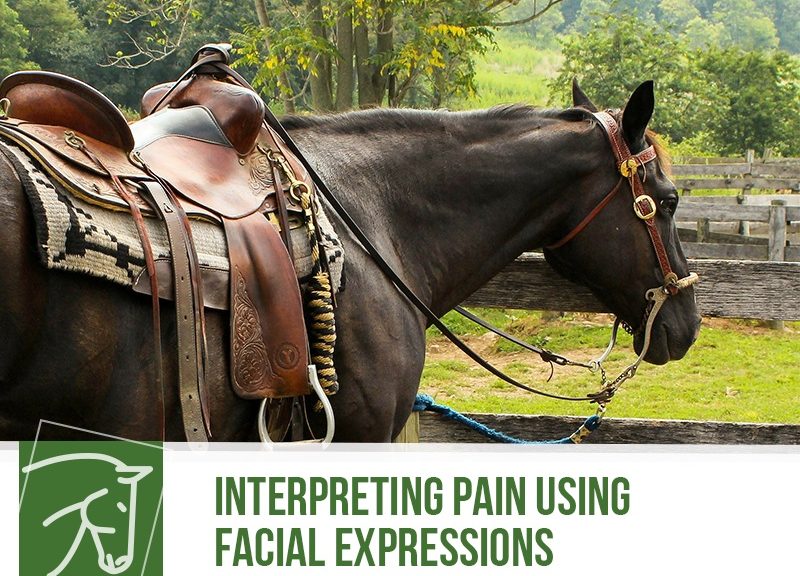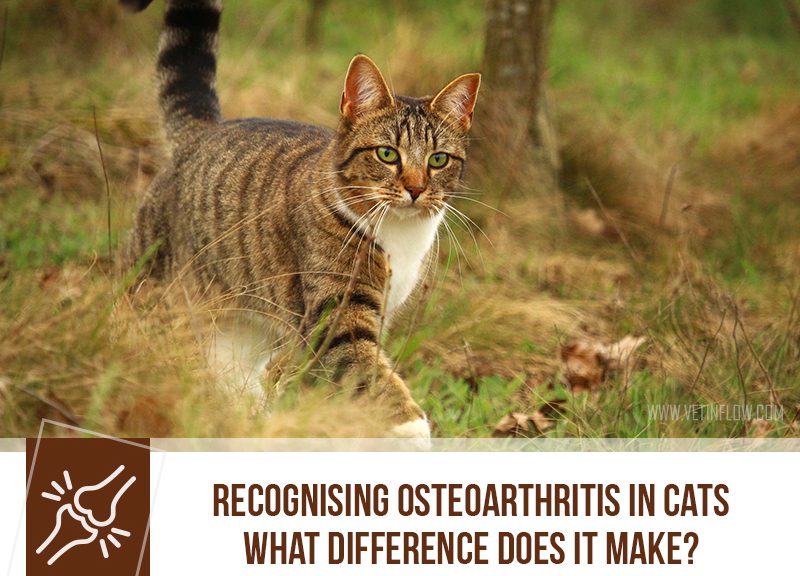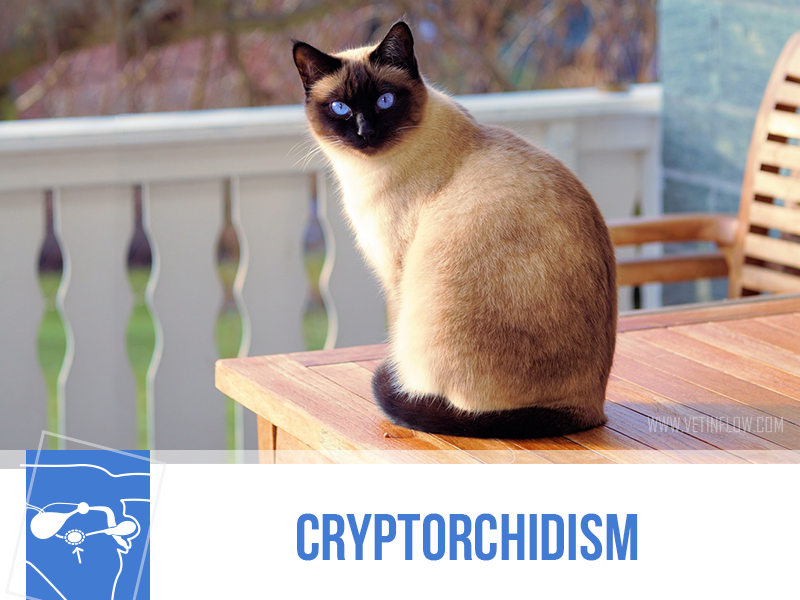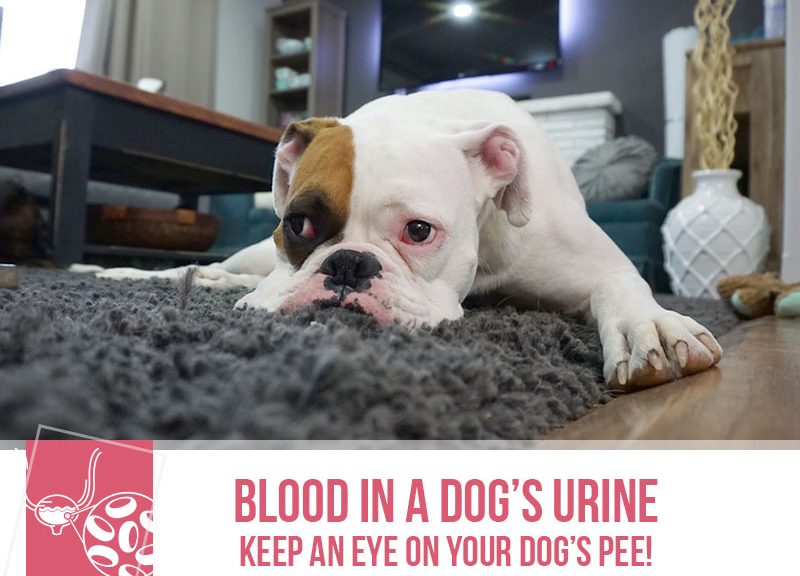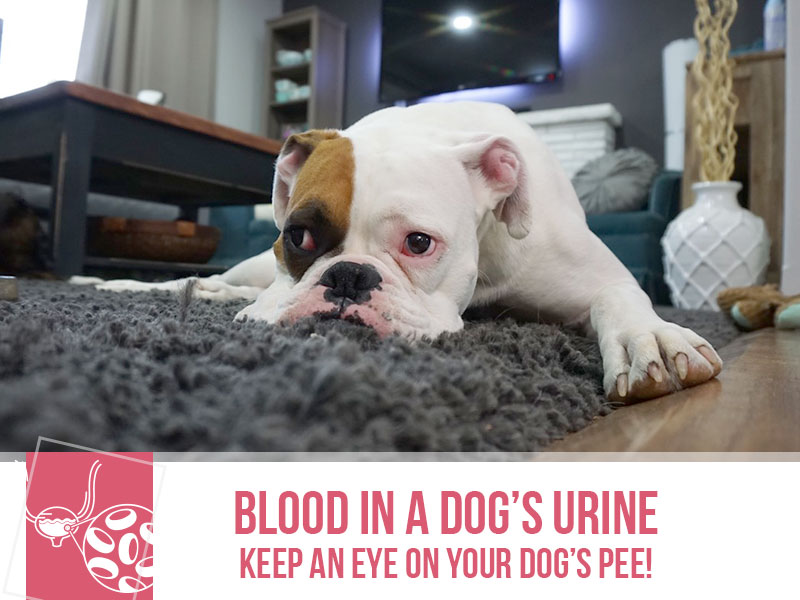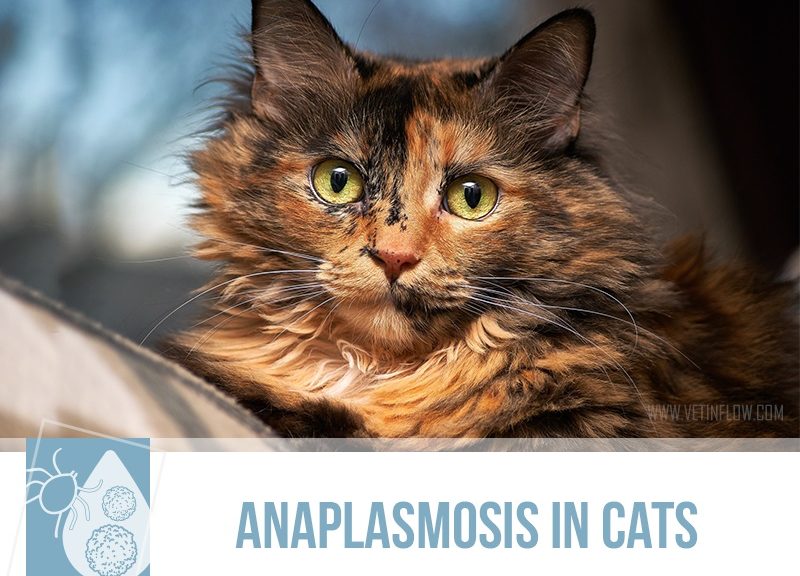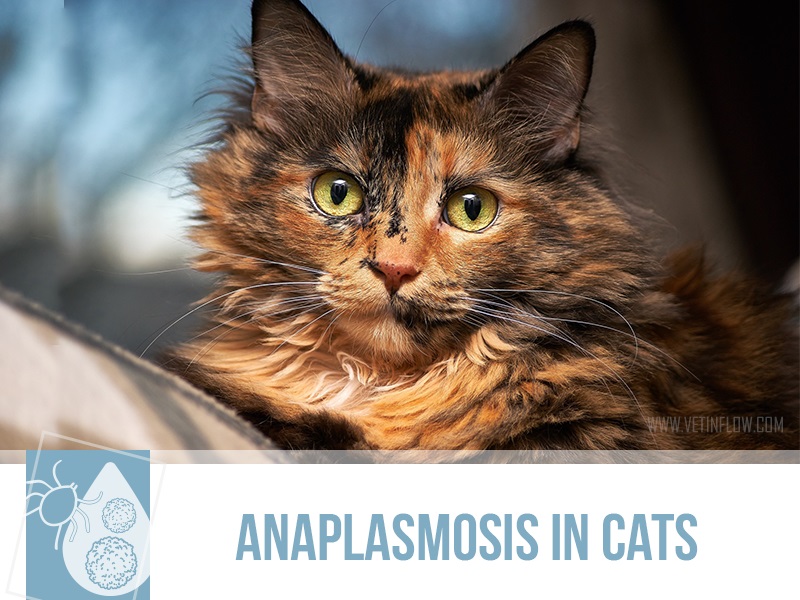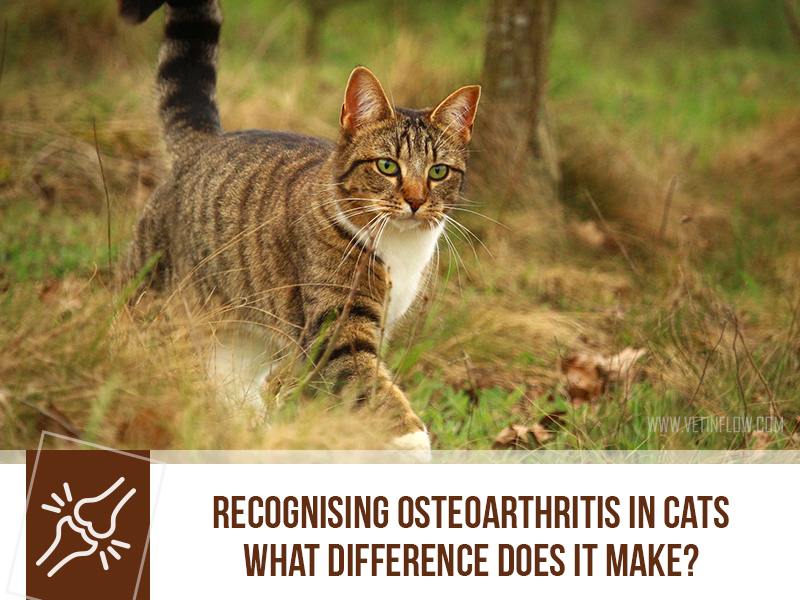
Loving owners want to see their cats happily purring all day long! Unfortunately, many cats struggle with pain and discomfort due to an illness that for a whole host of reasons is not easy to see.
Osteoarthritis is, to put it simply, a long-standing inflammation that affects the different components and tissues of a joint (usually the elbows, knees and hips). As time goes by, the joint becomes damaged by this ongoing process, causing persistent and long-lasting pain.
This process of deterioration, also known as degenerative joint disease, can begin due to joint abnormalities, trauma, and of course, long-term use, but in most cases, there isn’t a single cause or event we can point to as being the culprit. We know that it affects middle-aged to older cats and that this disease is severely underdiagnosed in our feline friends. There are two main reasons for this.
First of all, cats struggling with the condition will find ways to adapt and cope with their aches and pains, mastering the art of hiding any mobility issues. Arthritic cats may show some stiffness when trying to get out of their beds and in general reduce their levels of activity, spending more time resting or sleeping.
They also start avoiding movements that may be more painful like jumping. This will often result in sleeping in new locations, as well as changes in their toileting habits. Affected cats may avoid using the litter tray as they find it harder to get into the tray. This leads to house soiling and other abnormal toileting behaviours.
Cats with chronic joint pain show other significant changes like overgrown nails and a scruffy or matted coat, as it becomes harder to groom. Changes in character are also common such as being more distant, more vocal, and even becoming aggressive.
Now this is the time to mention the second reason why osteoarthritis often slips under the radar. All these changes (if they are noticed) are often seen as something to be expected from an older cat and not as manifestations of a condition that needs to be addressed.
There are many options to consider: weight loss to reduce unnecessary strain on affected joints, medication and acupuncture to help with pain relief, and physiotherapy.
Simple environmental changes such as enabling easy access to all important resources such as food, water, and providing low-sided litter trays can make a huge difference in the life of an arthritic cat. Ramps or steps can help reach higher levels, well-padded beds offer extra comfort and a helping hand with grooming will be greatly appreciated.
Unfortunately, osteoarthritis has no cure but there is plenty that can be done to improve quality of life, reduce the possibility of further joint damage, and most importantly, to bring much needed comfort to cats struggling to cope.
If you’re concerned that your cat may be affected by osteoarthritis, schedule an appointment with your vet to discuss treatment options!
Would you like to know more about cats? Check our Feline Courses:
Feline courses
